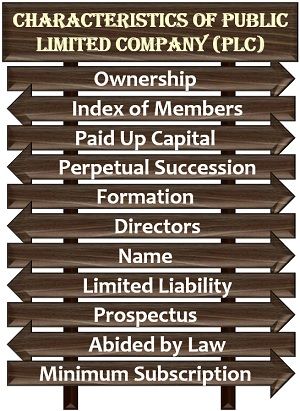
The FISO Framework is used by all Victorian government schools to focus their efforts on key areas known to have the greatest impact on school improvement. PLCs and FISOĬreating a culture of working collaboratively to continuously improve teaching and learning is at the heart of the Framework for Improving Student Outcomes (FISO). Over time these networks of 'middle leaders' will bring together common school improvement priorities. PLC leaders work with other PLC schools in their geographic area to share effective practice and solve common problems. increase understanding of how student perception surveys can contribute to improving the quality of teaching.
#OPLC DEFINITION HOW TO#
deepen understanding of how to implement effective classroom observation and feedback.


#OPLC DEFINITION PROFESSIONAL#
focus their teams on using an inquiry cycle to measure the impact of their teaching and identify areas for professional learning.develop and embed a shared team vision and commitment to ambitious goals and targets for student and teacher learning.lead teams of teachers and build their capacity to use collaborative practices that will have a positive impact on learning outcomes.They are released from classroom duties to: Instructional leaders are classroom-based learning specialists who work directly with teachers to improve classroom practice. What makes a PLC work? Leadership commitment Integrated regional support: Schools in improving systems are supported by teams of experts who know the communities they work in.System focus: The most effective school leaders contribute to the success of other schools.Evidence driven: Effective professional learning and practice are evidence-based and data-driven.Continuous improvement: Effective teams improve through recurring cycles of diagnosing student learning needs, and planning, implementing and evaluating teaching responses to them.Privileged time: Effective schools provide time and forums for teacher conversations about student learning.Adult learning: Teachers learn best with others, on the job.

Collective efficacy: Teachers make better instructional decisions together.Instructional leadership: Effective school leaders focus on teaching and learning.Collective responsibility: For every child to achieve, every adult must take responsibility for their learning.Student learning focus: School improvement starts with an unwavering focus on student learning.focussed on continuous improvement by linking the learning needs of students with the professional learning and practice of teachersįound in all effective PLCs are 10 principles that bring together the best available research on school improvement:.Professional learning community (PLC) schools start from a simple idea: students learn more when their teachers work together.īuilding a PLC is a proven way for schools to increase student learning by creating a culture that is: Professional learning communities (PLCs) are an approach to school improvement where groups of teachers work collaboratively at the school level to improve student outcomes.


 0 kommentar(er)
0 kommentar(er)
